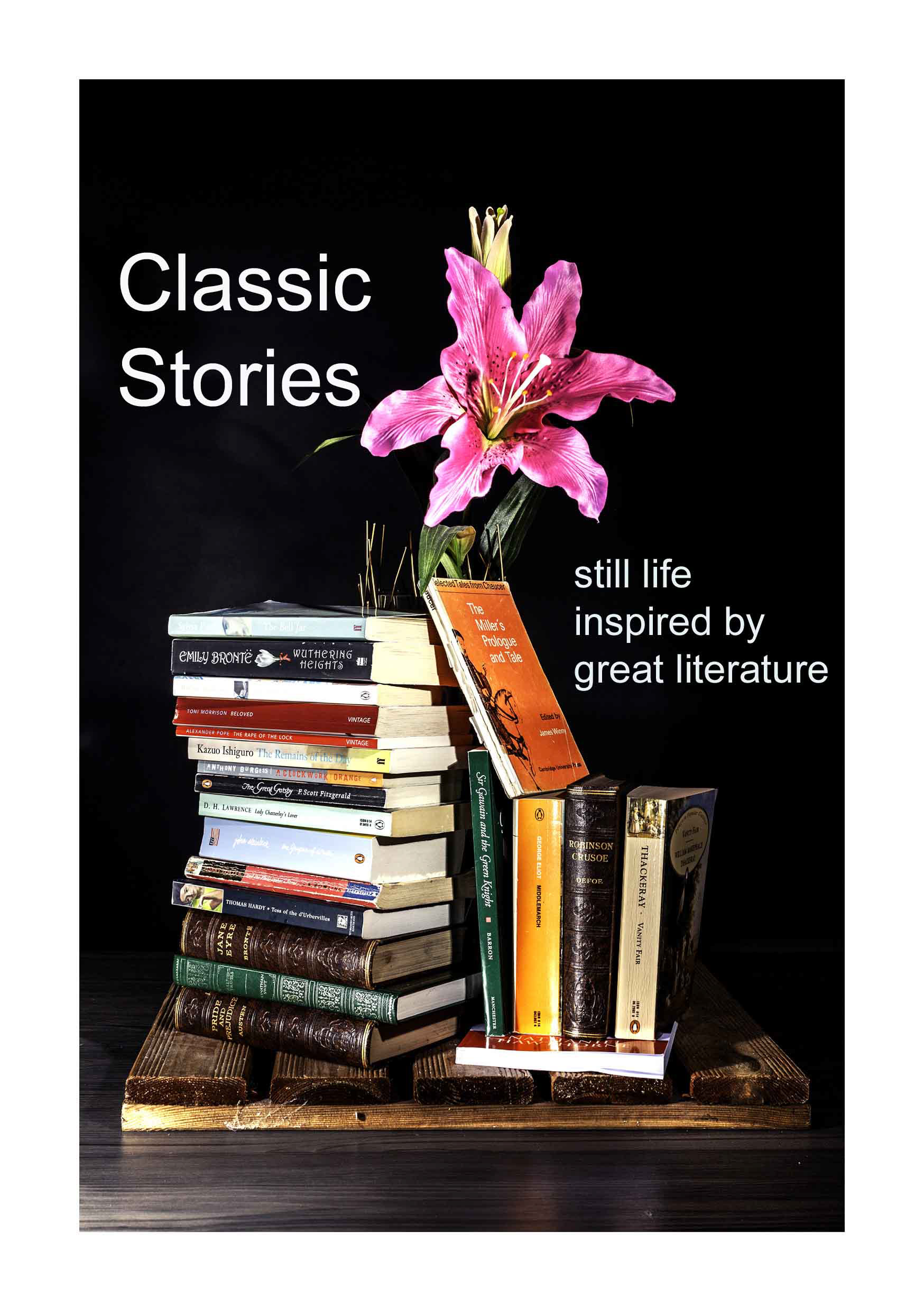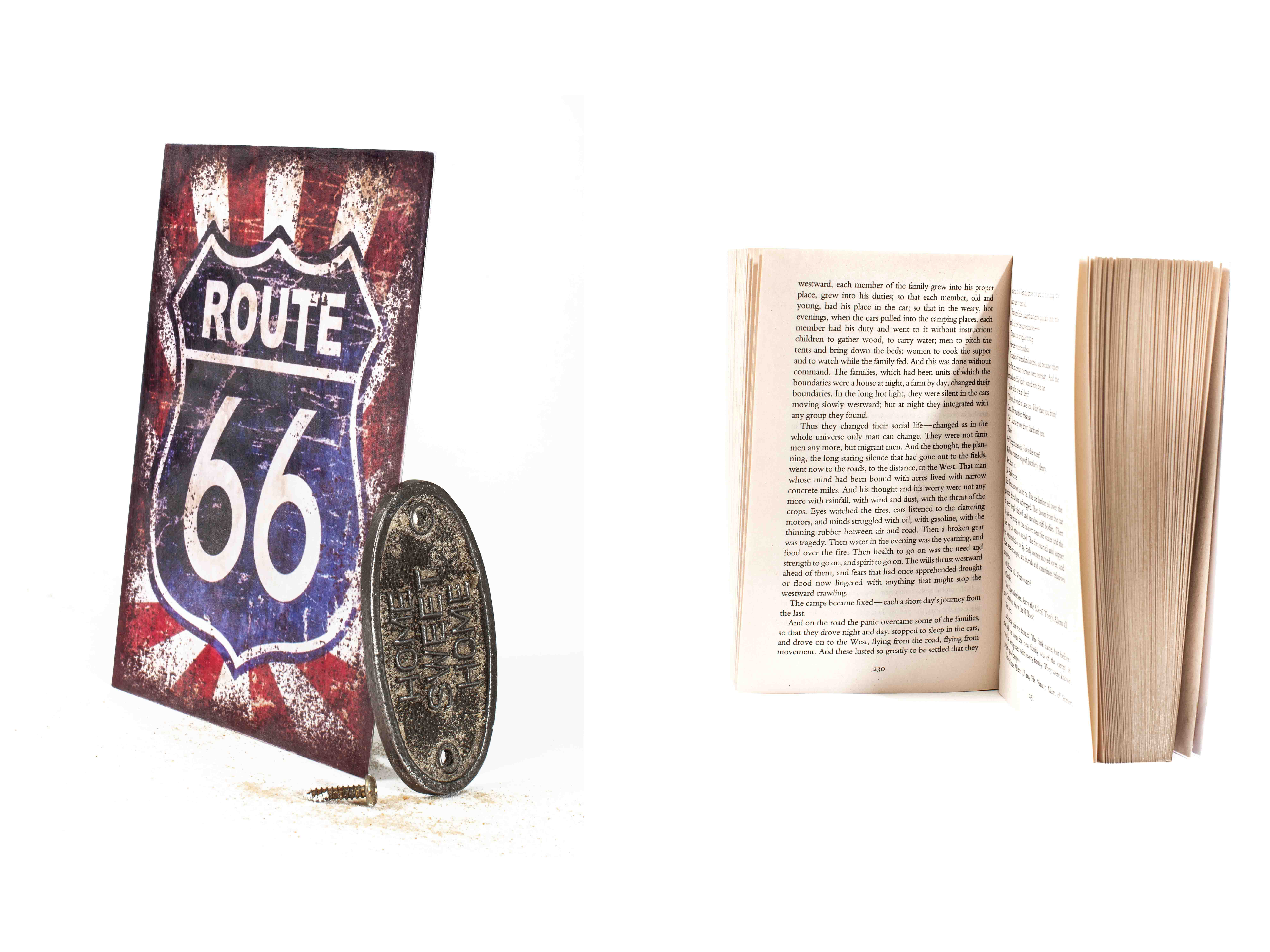Ask five different people to pick an image that stands out from a story and they will probably pick out five different objects. Reading is as personal an activity as writing. It is subjective, and one person’s interpretation of a story, may differ considerably from that of another person.
What is the still-life image (inanimate object) that lingers in our memory after reading Robinson Crusoe? A footprint in the sand? A shipwrecked boat? A Bible? A handmade tool? Grains of corn? A shotgun?
Toni Morrison’s novel Beloved is moving, disturbing, unsettling and quite brilliant. We are never sure whether the images that Morrison presents to us are real. But two images in particular abide.
One is the ‘tree’ on Sethe’s back – it’s a pattern of scars she bears from being whipped by two white boys who had previously stolen her breast milk for her baby. The image of a whip, a symbol of the slave experience, recurs in the novel.
The other image is a hand saw. It distils a shocking episode when Sethe kills one of her own children to keep her from being taken into slavery or captivity. The scar below Beloved’s chin, and the earrings that Beloved seems to recognise – her mother was wearing them as she looked up at her during this horrific moment – these images are imprinted on the mind of the reader.
Beloved won the Pullitzer Prize, and was cited when Morrison was awarded a Nobel Prize for literature.













